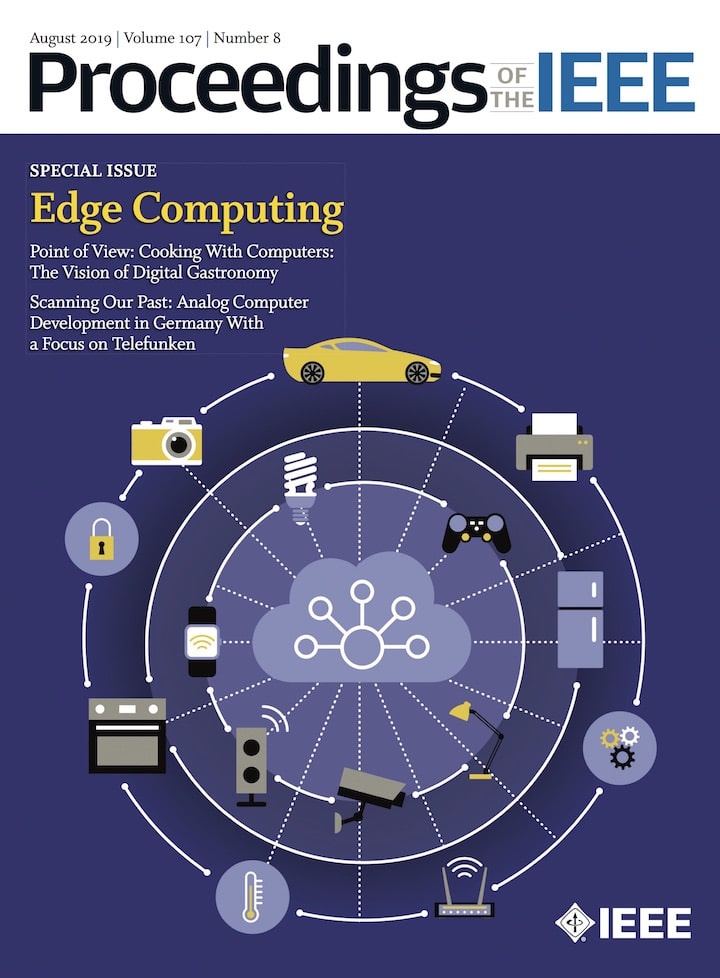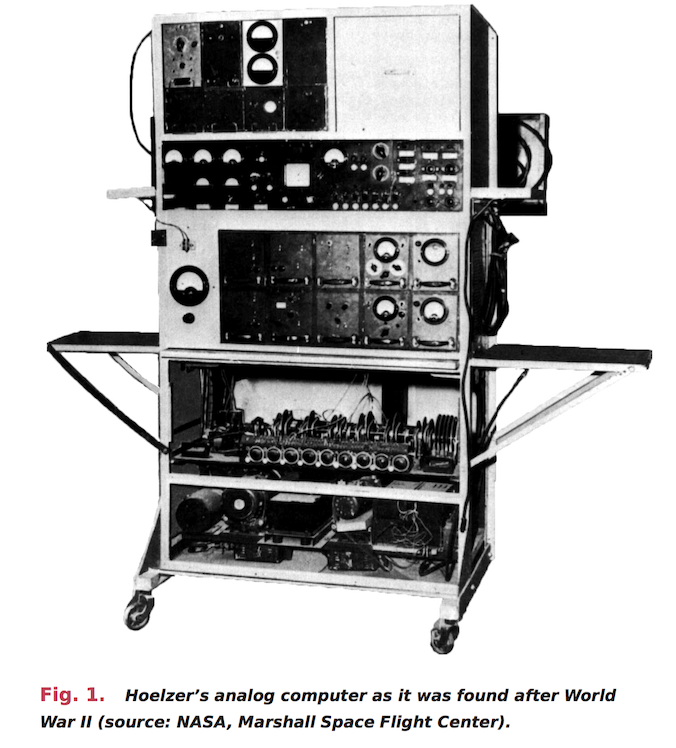

Guest Editors



Special Issue Papers
By W. Shi, G. Pallis, and Z. Xu
By Z. Tao, Q. Xia, Z. Hao, C. Li, L. Ma, S. Yi, and Q. Li
This article provides an overview of the industrial and research projects on virtual machine (VM) management in edge computing, focusing on the virtualization frameworks and virtualization techniques, the serverless management, and the security advantages and issues that virtualization brings to edge computing.
By A. Wang, Z. Zha, Y. Guo, and S. Chen
This article discusses how software-defined networking and related technologies are integrated to facilitate the management and the operations of edge servers and various Internet-of-Things (IoT) devices.
By C. Tsigkanos, I. Murturi, and S. Dustdar
This article introduces a methodology and a technical framework for engineering resource coordination for the edge-enabled Internet of Things (IoT).
By F. Liu, G. Tang, Y. Li, Z. Cai, X. Zhang, and T. Zhou
This article reviews existing systems and open source projects for edge computing by categorizing them from their design demands and innovations.
By L. Chao, X. Peng, Z. Xu, and L. Zhang
This article surveys the state of the art in supporting smart edge computing and makes some concluding observations with respect to hardware, system software, and ecosystem architecture.
By L. Lin, X. Liao, H. Jin, and P. Li
This article surveys recent research efforts made on exploring computation offloading toward edge computing.
By Y. Xiao, Y. Jia, C. Liu, X. Cheng, J. Yu, and W. Lv
This article reviews the most influential and basic attacks as well as the corresponding defense mechanisms that can be practically applied in edge computing systems.
By F.-Y. Rao and E. Bertino
This article discusses approaches for privacy-preserving data aggregation at the edge, focusing on techniques by which the edge can provide services to users while assuring the user privacy as well as privacy-preserving crowdsourcing techniques.
By J. Chen and X. Ran
This article provides an overview of applications where deep learning is used at the network edge. Computer vision, natural language processing, network functions, and virtual and augmented reality are discussed as example application drivers.
By Q. Zhang, H. Sun, X. Wu, and H. Zhong
This article provides a survey on applications, algorithms, and platforms that have been proposed to facilitate edge video analytics for public safety.
By S. Liu, L. Liu, J. Tang, B. Yu, Y. Wang, and W. Shi
This article surveys the designs of autonomous driving edge computing systems. In addition, it presents the security issues in autonomous driving as well as how edge computing designs can address these issues.
By M. S. Elbamby, C. Perfecto, C.-F. Liu, J. Park, S. Samarakoon, X. Chen, and M. Bennis
This article discusses the feasibility and potential of providing edge computing services with latency and reliability guarantees. It proceeds by presenting selected use cases that reflect the interplay between edge computing and ultrareliable low-latency communication (URLLC).
By Z. Zhou, X. Chen, E. Li, L. Zeng, K. Luo, and J. Zhang
This article conducts a comprehensive survey of the research efforts on edge intelligence. It provides an overview of the architectures, frameworks, and emerging key technologies for deep learning model toward training and inference at the network edge.

